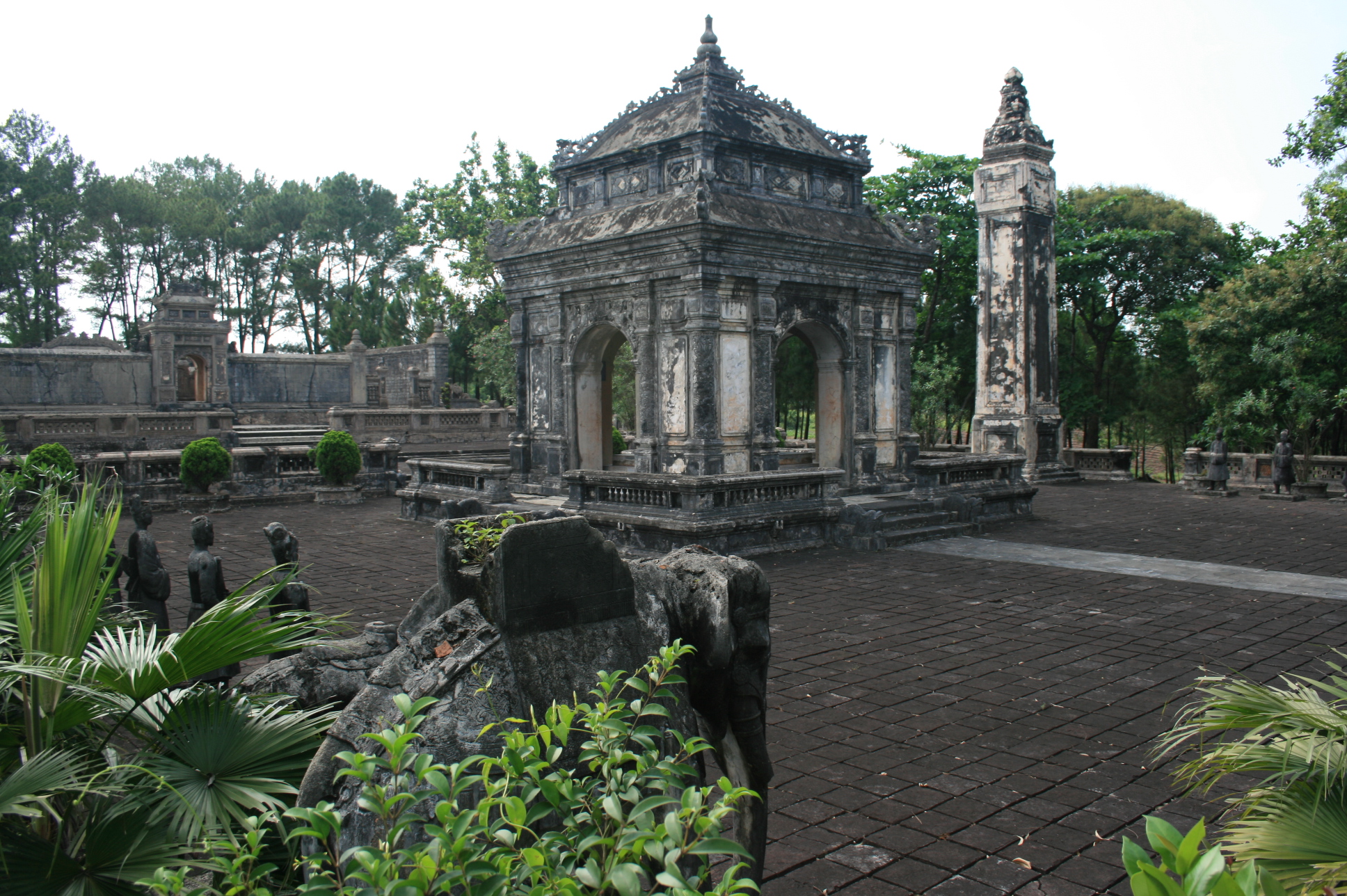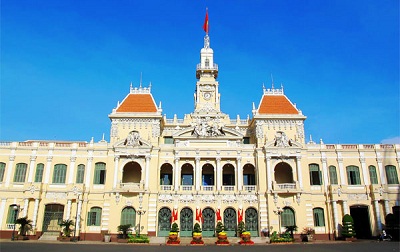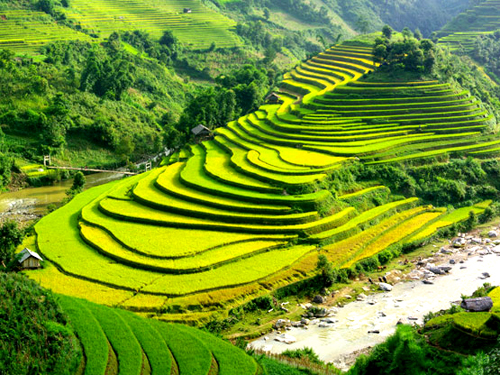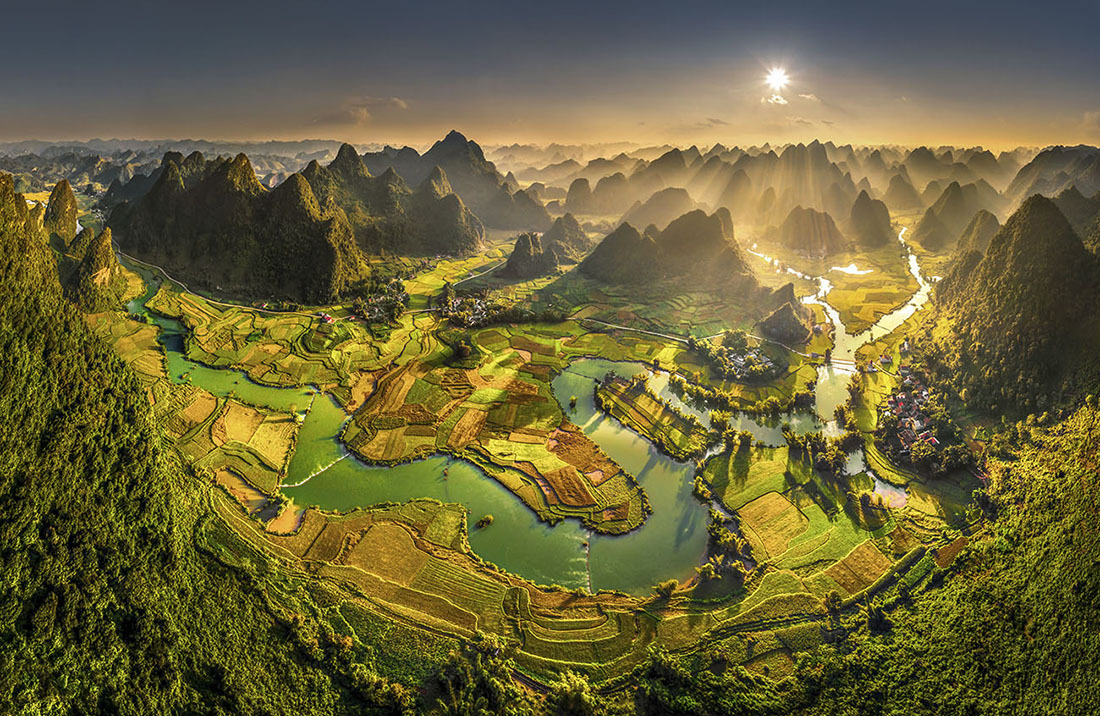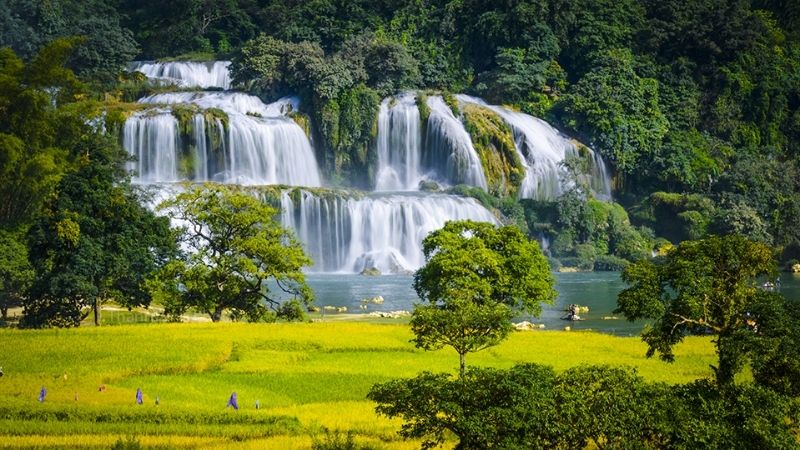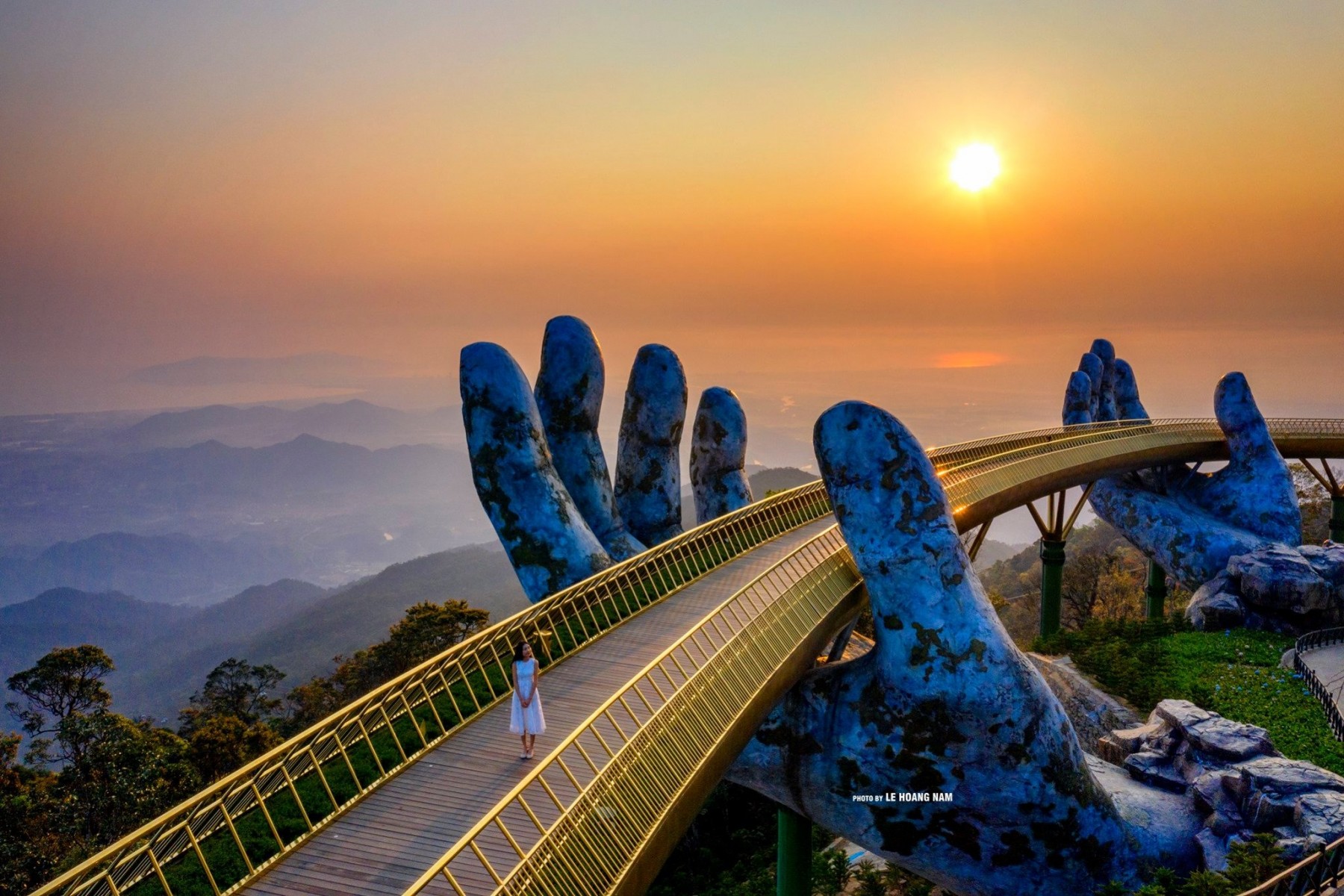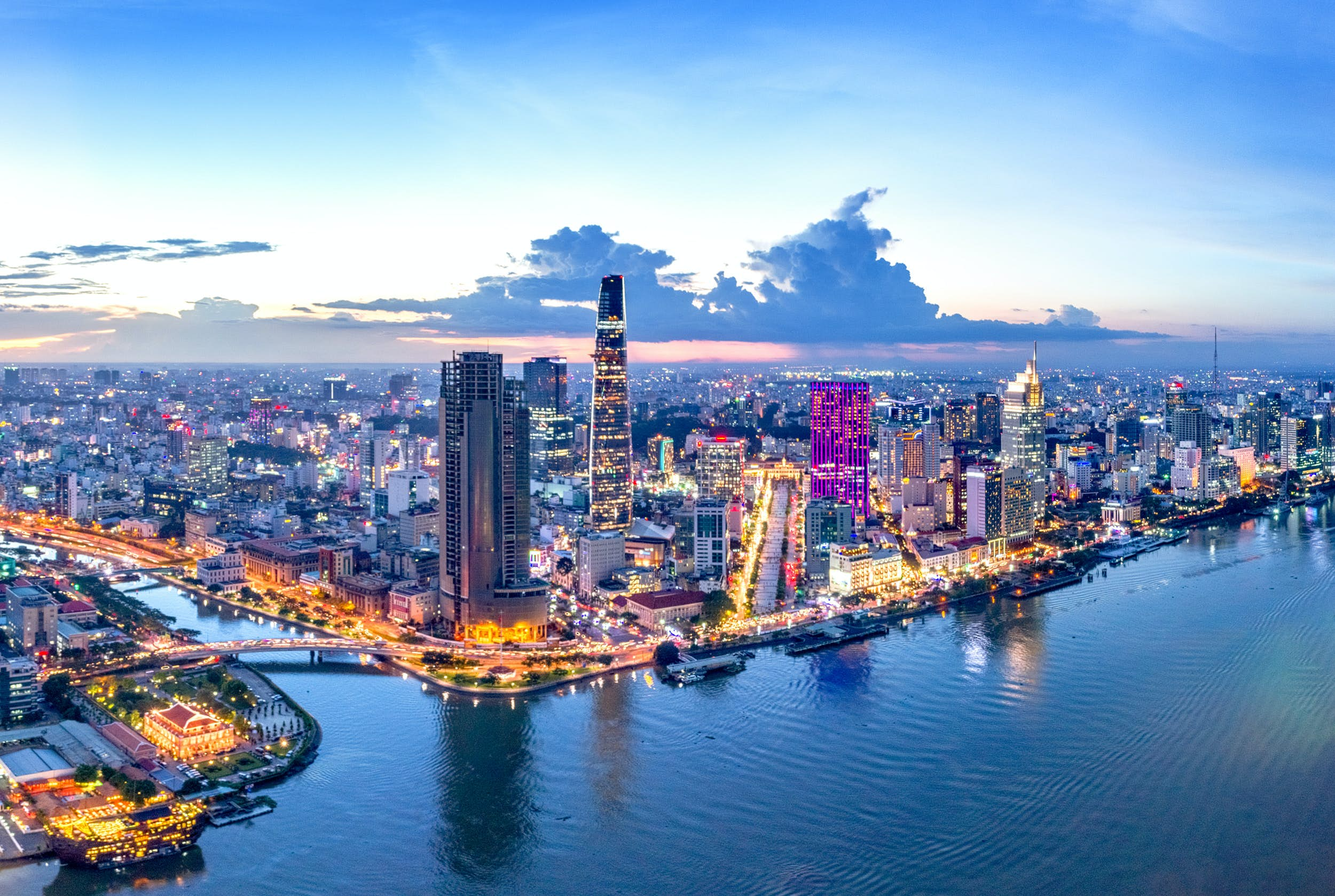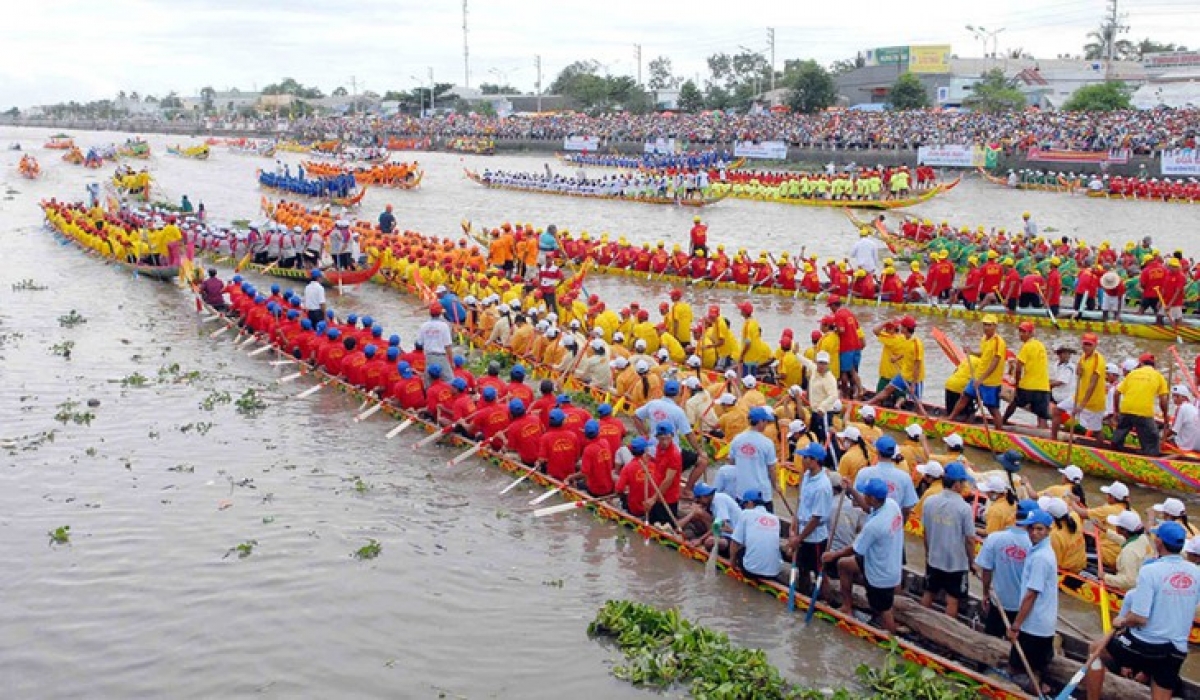Top Vietnam Natural Wonders to Discover
Vietnam, a country known for its rich history, vibrant culture, and delectable cuisine, is also home to some of the most stunning natural landscapes in Southeast Asia. From emerald-green waters to dramatic mountain ranges, Vietnam’s natural wonders are a feast for the senses. Here’s a guide to the top natural attractions that should be on every traveler’s bucket list.
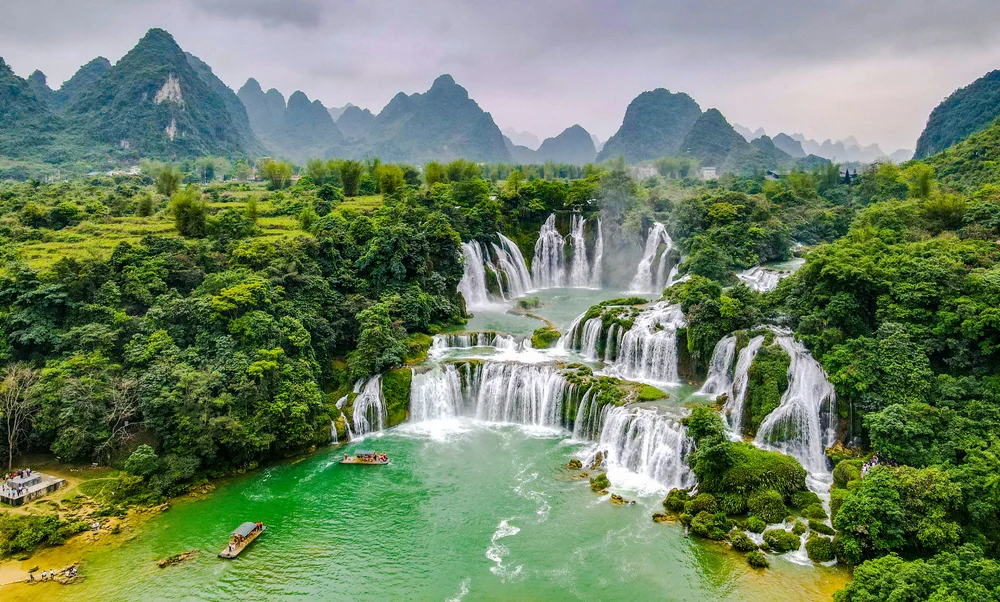
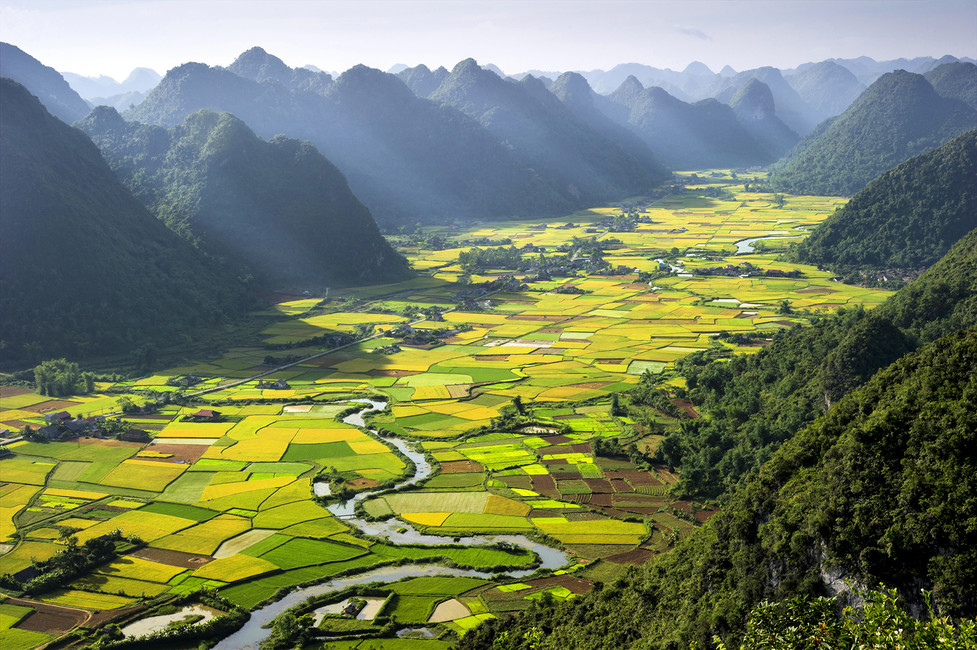
1. Ha Long Bay
Located in the northeast of Vietnam, Ha Long Bay is a UNESCO World Heritage Site and one of the most iconic natural wonders of the country. This stunning bay features over 1,600 limestone islands and islets, many of which are topped with lush greenery. Visitors can explore the bay on traditional junk boats, kayak through hidden lagoons, and visit caves like Sung Sot (Surprise Cave) and Thien Cung (Heavenly Palace Cave). The ethereal beauty of Ha Long Bay makes it a must-see destination.
2. Phong Nha-Ke Bang National Park
Phong Nha-Ke Bang, another UNESCO World Heritage Site, is located in central Vietnam. This national park is renowned for its karst landscapes, underground rivers, and extensive cave systems. The park is home to Son Doong Cave, the largest cave in the world, which offers an otherworldly experience for adventurers. Other notable caves include Phong Nha Cave and Paradise Cave. Trekking, cycling, and boat tours through this pristine park provide unforgettable encounters with nature.
3. Sapa’s Terraced Rice Fields
The terraced rice fields of Sapa in northern Vietnam are a breathtaking sight. These meticulously cultivated landscapes cascade down the mountainsides, creating an awe-inspiring panorama. The region is also home to ethnic minority communities like the Hmong and Dao, who maintain their traditional ways of life. Visitors can trek through the rice fields, visit local villages, and immerse themselves in the unique culture of the region.
4. Mekong Delta
The Mekong Delta, often referred to as the “Rice Bowl of Vietnam,” is a lush and fertile region in the south. This maze of rivers, swamps, and islands is teeming with life and is a haven for eco-tourism. Visitors can explore floating markets, cruise through coconut groves, and observe the unique biodiversity of the delta. Highlights include the Cai Rang Floating Market and Tra Su Cajuput Forest.
5. Ban Gioc Waterfall
Straddling the border between Vietnam and China, Ban Gioc Waterfall is one of the largest and most spectacular waterfalls in Asia. The cascading waters tumble down multiple tiers, surrounded by verdant greenery. The area’s serene atmosphere makes it an ideal spot for photography and relaxation. Nearby, travelers can explore Nguom Ngao Cave, known for its impressive stalactites and stalagmites.
6. Ha Giang
Ha Giang, located in northern Vietnam, is renowned for its dramatic landscapes and winding mountain roads. The Dong Van Karst Plateau, a UNESCO Global Geopark, is a highlight of the region with its rugged limestone peaks and deep valleys. Travelers can experience the breathtaking Ma Pi Leng Pass, often dubbed one of the most beautiful roads in the world. The region is also rich in cultural heritage, with ethnic minority groups such as the Hmong and Tay offering unique traditions and vibrant markets.
7. Ba Be Lake
Nestled in the mountains of northern Vietnam, Ba Be Lake is a tranquil escape surrounded by limestone cliffs, caves, and lush forests. This freshwater lake is part of Ba Be National Park, a haven for wildlife and traditional Tay communities. Visitors can enjoy boat rides, kayaking, or simply soak in the serene ambiance of this natural wonder.
8. Mui Ne Sand Dunes
A surprising contrast to Vietnam’s lush landscapes, the sand dunes of Mui Ne offer a desert-like experience. There are two main dunes to explore: the Red Sand Dunes and the White Sand Dunes. Visitors can try sandboarding, ride quad bikes, or simply marvel at the surreal scenery. Sunrise and sunset are the best times to visit for the most striking views.
9. Fansipan Mountain
Known as the “Roof of Indochina,” Fansipan Mountain is the highest peak in Vietnam at 3,147 meters above sea level. Located near Sapa, the mountain offers breathtaking views of the surrounding valleys and forests. Adventurous travelers can embark on a challenging trek to the summit, or take a cable car for a more relaxed journey. The experience is both physically rewarding and visually stunning.
Conclusion
Vietnam’s natural wonders are as diverse as its culture, offering something for every type of traveler. Whether you’re drawn to serene lakes, dramatic mountains, or vibrant ecosystems, Vietnam’s landscapes promise unforgettable experiences. So pack your bags and embark on a journey to explore the breathtaking beauty of Vietnam’s natural treasures.
Start planning your tailor-made Viet Nam tour by contacting one of our specialists…
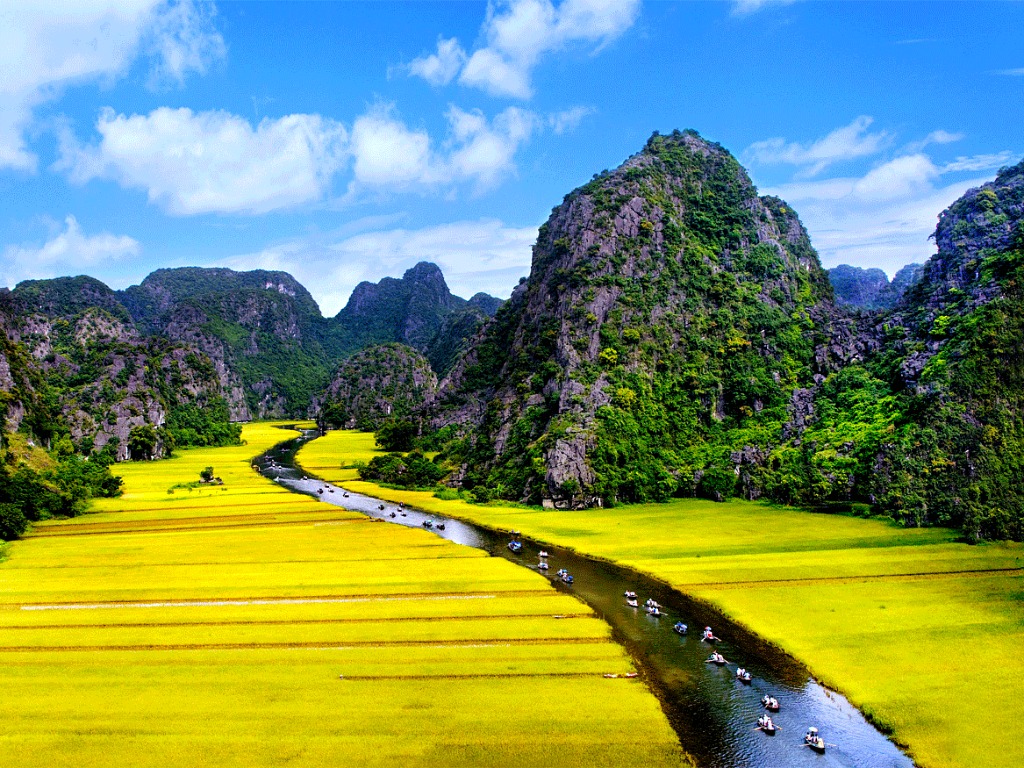
The Most Popular Articles



